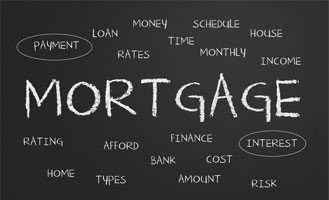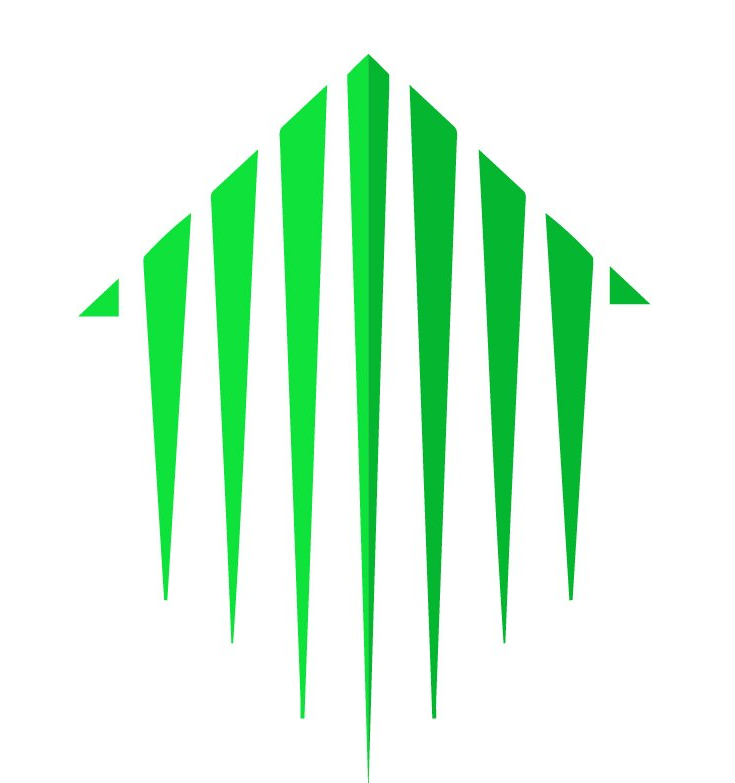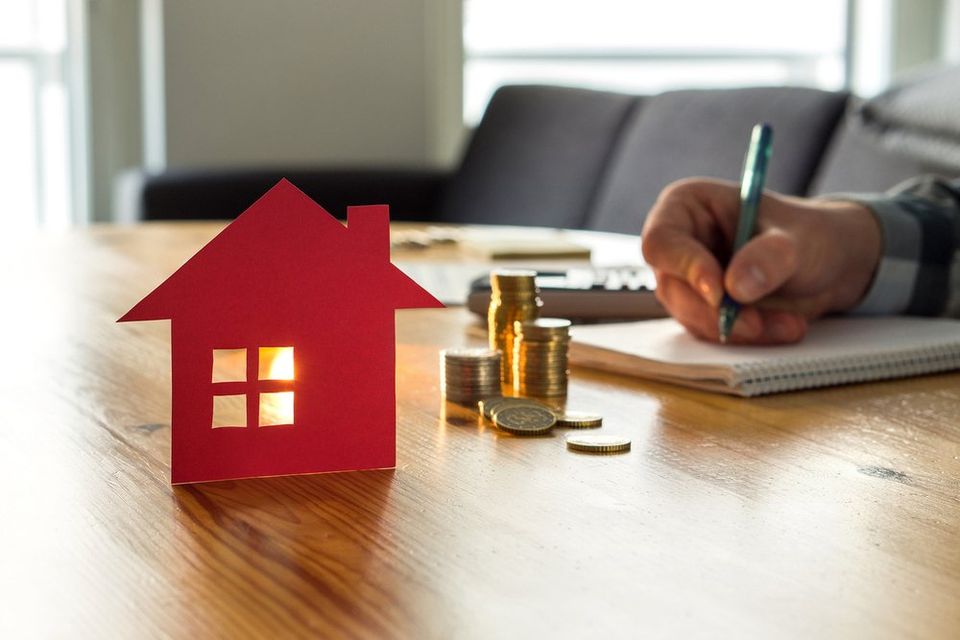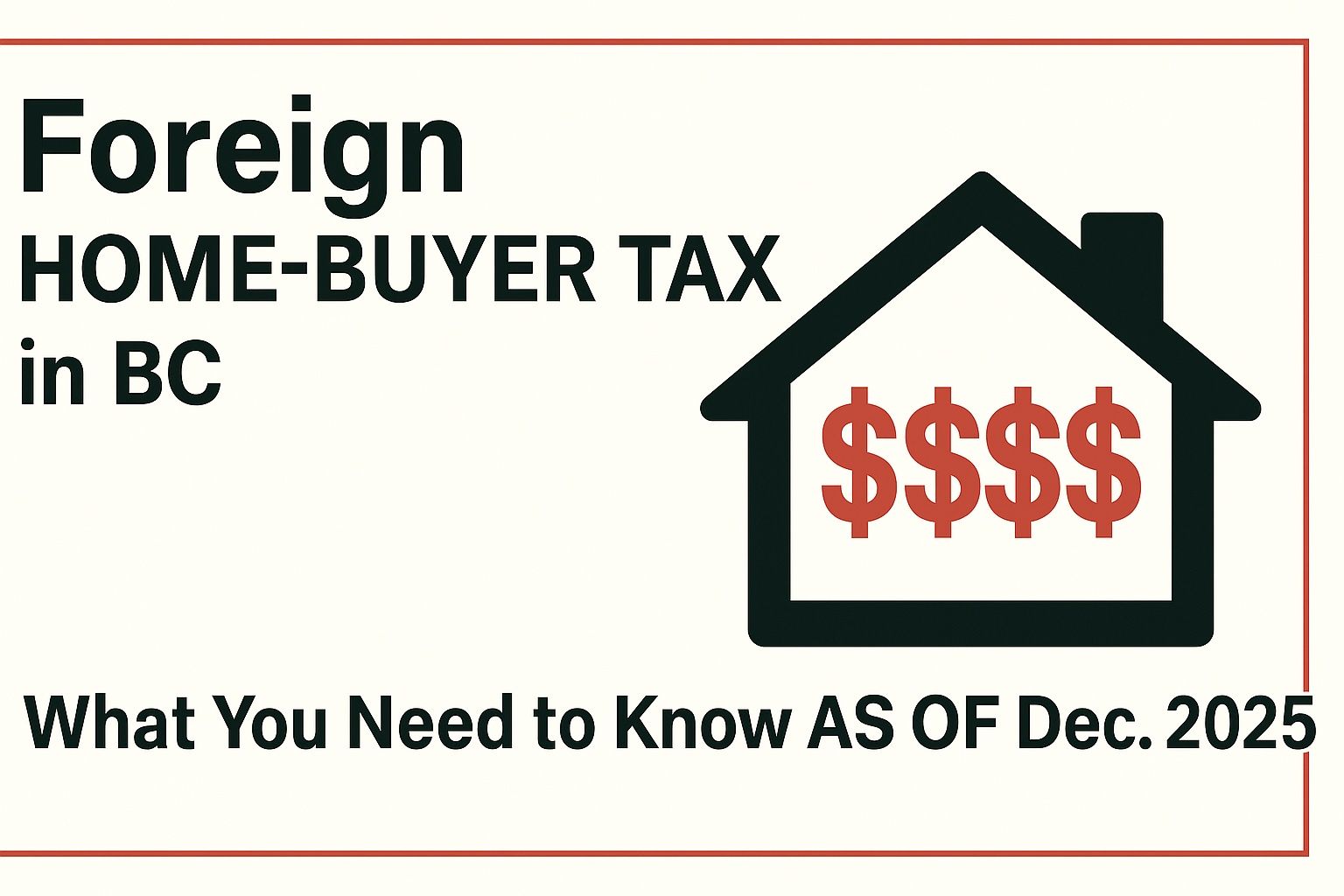Home Equity Line of Credit (HELOC) – Good or Bad??? Mostly it depends on your financial discipline …
More and more Canadians are using the equity in their homes as an ATM. The most common options are Lines of Credit (LOC) and Home Equity Line of Credit (HELOC).
Line of Credit
A line of credit is an agreement by a financial institution (lender) to loan money to a borrower up to an agreed upon maximum. Interest is charged on the money that is withdrawn from the line of credit. i.e. if you have a Line of Credit for $10,000 and have borrowed $1,000 you only pay interest on the amount of money you have borrowed.
Typical rates for a LOC are Prime plus 2-4%
The actual rate available to a borrower will vary depending upon several factors including:
- general credit worthiness
- security/collateral provided
- borrowing/repayment history
- employment
- other products/services with that lender
Home Equity Line of Credit (HELOC)
A home equity line of credit (HELOC) is a secured form of credit . The lender uses your home as a guarantee that you’ll pay back the money you borrow. A HELOC resembles a second mortgage but functions like a credit card.
A home equity line of credit (HELOC) is a form of loan that lets you borrow money against the equity in your home. Unlike a traditional mortgage, most HELOC’s are not constructed to fit a pre-determined amortization, although regular, interest payments are required by most lenders.
HELOC borrowers should recognize that, over time, these products can also significantly add to consumer debt loads, since the revolving nature of HELOCs can also lead to greater persistence of outstanding balances.
- Financially disciplined borrowers elect to repay their outstanding HELOC balances over a shorter period relative to the average amortization of a typical traditional mortgage.
A HELOC can be a worthwhile investment when you use it to improve the value of your home. However, when you use it to pay for things that are otherwise not affordable with your income or savings, it can cause problems for people who lack financial discipline, become a bad debt.
Typical HELOC rates are Prime + .50-1% (depending on your agreement, your lender may be able to change the rate at anytime)
People choose HELOCs primarily for three reasons:
- They want a cheap source of readily available cash, should they need if for renovations, investing, education, emergencies, or personal use.
- They want an interest-only payment (the lowest payment you can get since you don’t have to pay off any principle).
- They want a mortgage with no penalty if they make big prepayments i.e. sell their home or change lenders.
Calculating a Home Equity Line of Credit (HELOC)
As per the Office of the Superintendent of Financial Institutions (OSFI), a HELOC can give you access to a maximum of 65% of the value of your home.
- If you have a mortgage, your mortgage loan balance + your HELOC cannot equal more than 80% of your home’s value. (i.e. 65% HELOC + 15% mortgage = 80%)
HELOCs have a few disadvantages:
- Your interest costs can soar when interest rates increase.
- The revolving nature of a HELOC makes it very easy to get into debt and stay in debt if you are not financially self-controlled.
- Making just interest-only payments can keep you indebted for many years beyond a traditional mortgage, since you do not have to make payments on the principle of the loan.
More information regarding HELOC’s:
- 22% of borrowers get HELOC’s (source: CAAMP).
- In 2014 the average HELOC was approved for $135,000 (source: CAAMP).
- 9% of HELOC borrowers max them out
- that includes people who use them as mortgage substitutes (source: CAAMP).
- Most HELOC’s are collateral charges, which means you usually must pay legal or appraisal fees to change lenders.
- HELOC’s can have two types of payments, depending on the lender:
- Floating payments : This is where your payments increase, and decrease based on a benchmark of some sort (most commonly prime rate).
- Fixed payments : This is where the lender keeps your payment the same for the entire term. If prime rate goes up, you pay more interest and less principal, and vice versa. In most cases, your payment must at least cover the interest due—or the lender will raise the payment.
The biggest challenge with using a HELOC instead of a mortgage, is that most people pay the interest only. By paying interest only, you have the lowest payment, BUT then “life happens” and you do not put any money on the principle to lower your debt.
With a traditional mortgage you pay both principle and interest, so every payment you make lowers your principle, and ultimately you pay off your mortgage.
HELOC’s are inherently riskier products, given their revolving nature and persistence of debt balances.
Using a home equity line of credit HELOC to buy your home.
While home equity lines of credit can provide people with low interest rates and flexible lending terms, “there’s more to this arrangement than meets the eye,”
Buying a house with a home equity line of credit has benefits that a mortgage doesn’t offer.
- No prepayment penalty : The payment schedule on a line of credit is more flexible, so you can pay your mortgage off without incurring penalty fees. With a traditional mortgage, you may incur fees when you pay more than a certain percentage of the loan amount.
- Readvancable : when you pay down the HELOC you can borrow the money again and again.
There are approximately 3 million HELOC accounts in Canada with an average outstanding balance of $70,000
Can you pass the HELOC knowledge test?
Despite Canadians’ confidence in their knowledge about how their secured line of credit works, the majority seemed fuzzy on the details. When you use your home as collateral, the bank has legal rights to your property, and you cannot close on a sale of that home without paying back that loan.
For example, of those who said they did have a home equity line of credit:
- 57% did not know that when you take out a HELOC the financial institution lending the money puts a mortgage on the borrower’s home.
- 58% did not know that taking out a HELOC when they already have a mortgage on their home means that the lending institution places a second mortgage on the home, OR modifies the original mortgage to capture all the equity in the home;
- 69% did not know that having a HELOC could negatively affect their credit rating or future loan applications.
- 83% of survey respondents did not know that when they pay off and close their home equity line of credit, any credit card consolidated under this line of credit may be cancelled and not available for future use.
- 62% did not know that having a home equity line of credit could negatively impact their ability to take out a loan or mortgage with another financial institution.
- 58% did not know that when they take out a line of credit, their home becomes the bank’s security for any credit card debt, other loans they have with that bank, or any other loans they have co-signed.
HELOC’s for some can be a dangerous trap because they tend to spur people to spend more, which leaves them with more combined debt than someone without a HELOC.
Without understanding all the implications of this type of borrowing, consumers could risk their future credit or run into issues when they sell or refinance their home.
Here are a couple articles that may answer some of additional questions (or create some new questions!!) regarding HELOC’s.
Let’s discuss a mortgage that works for you (not the bank)!







